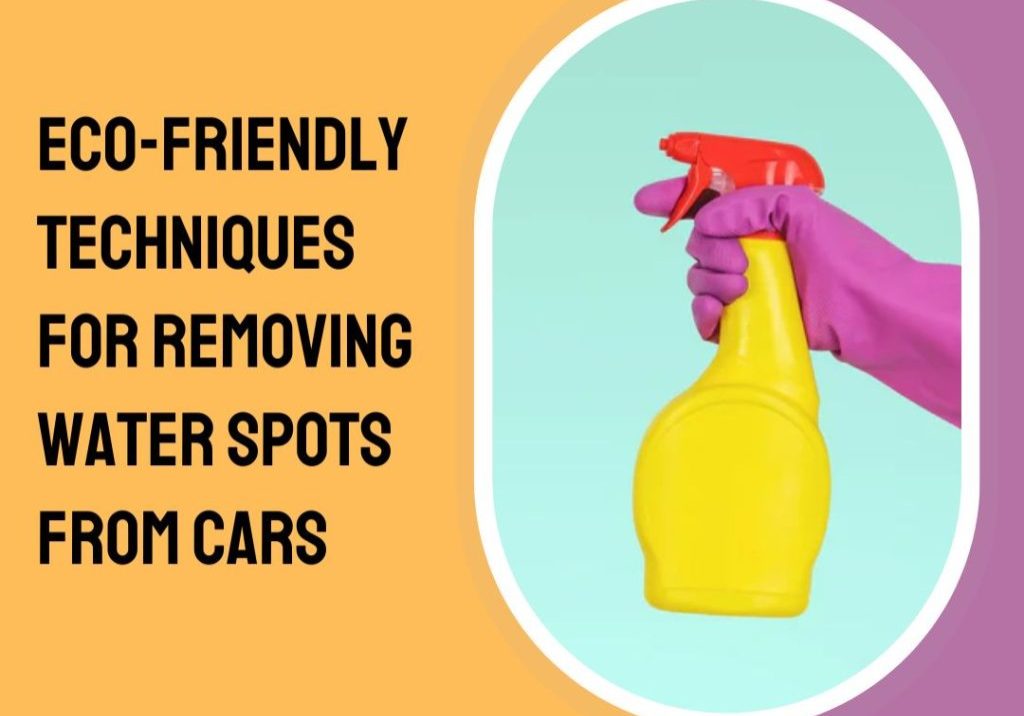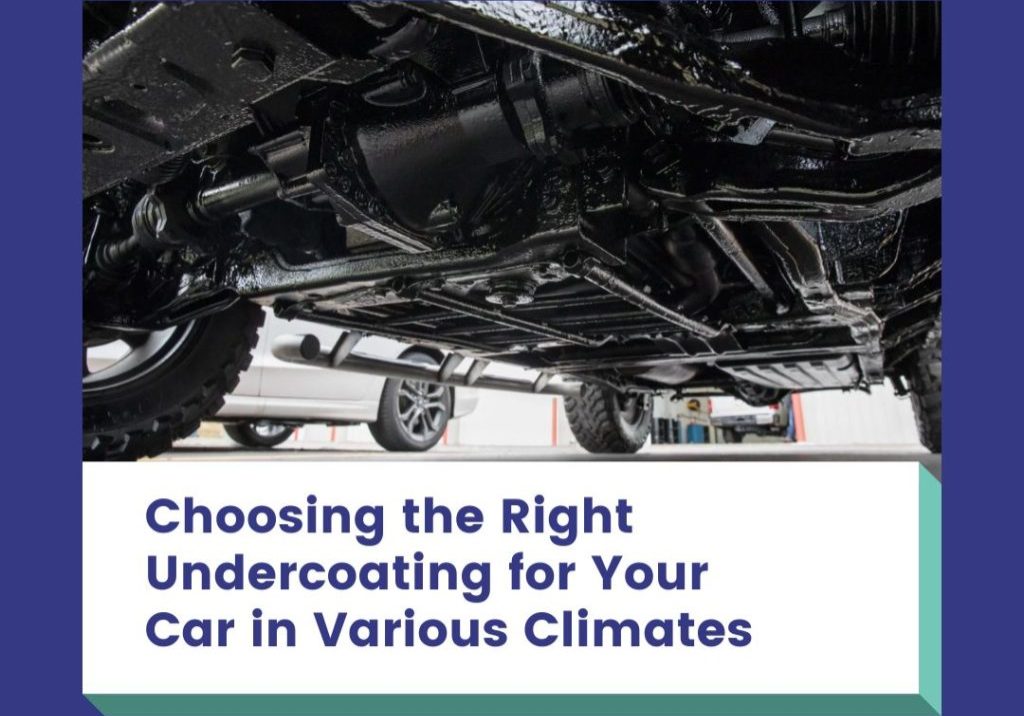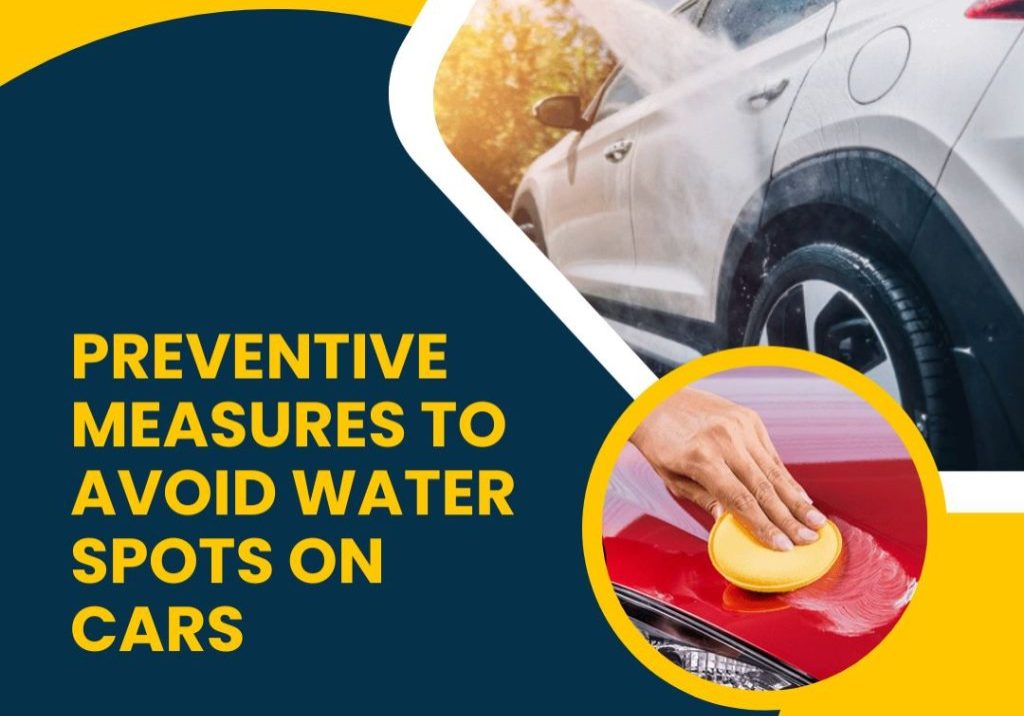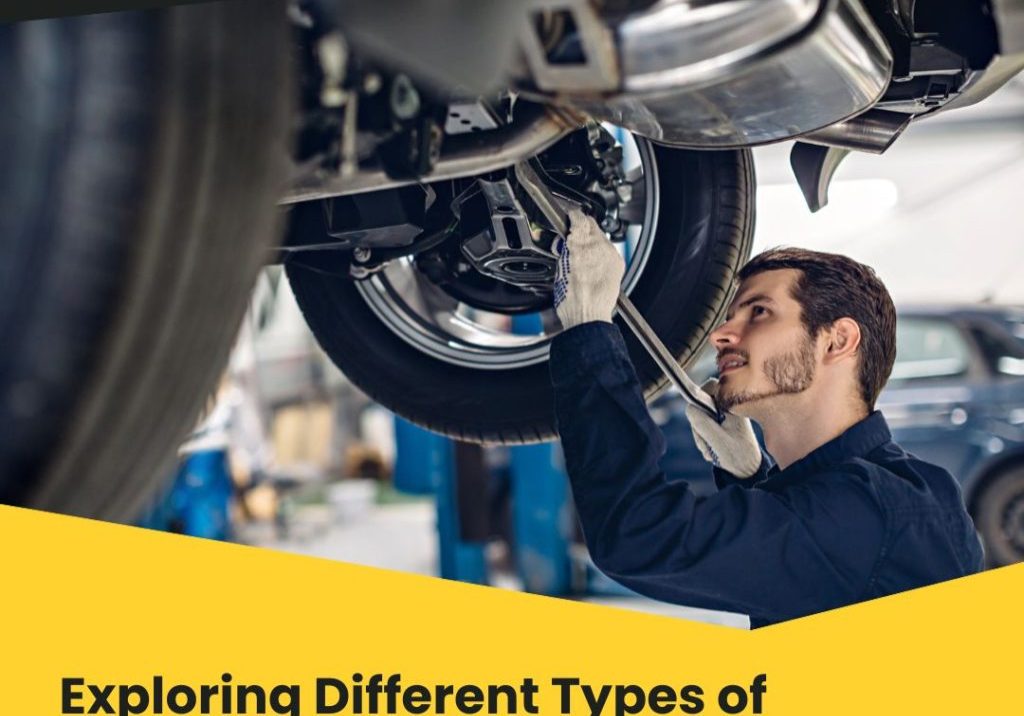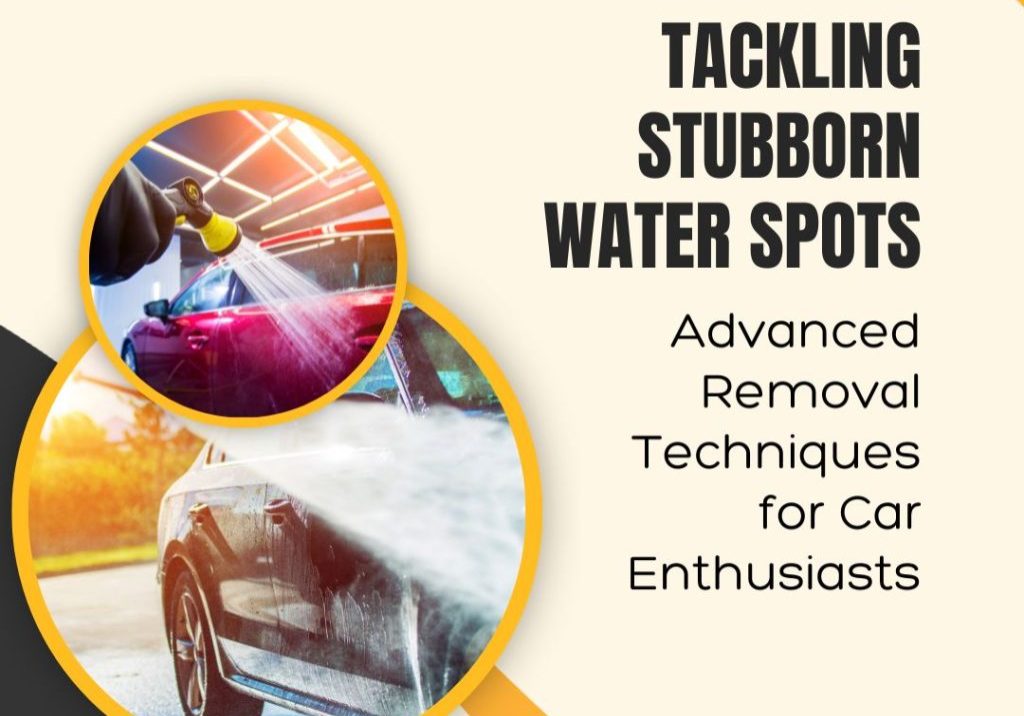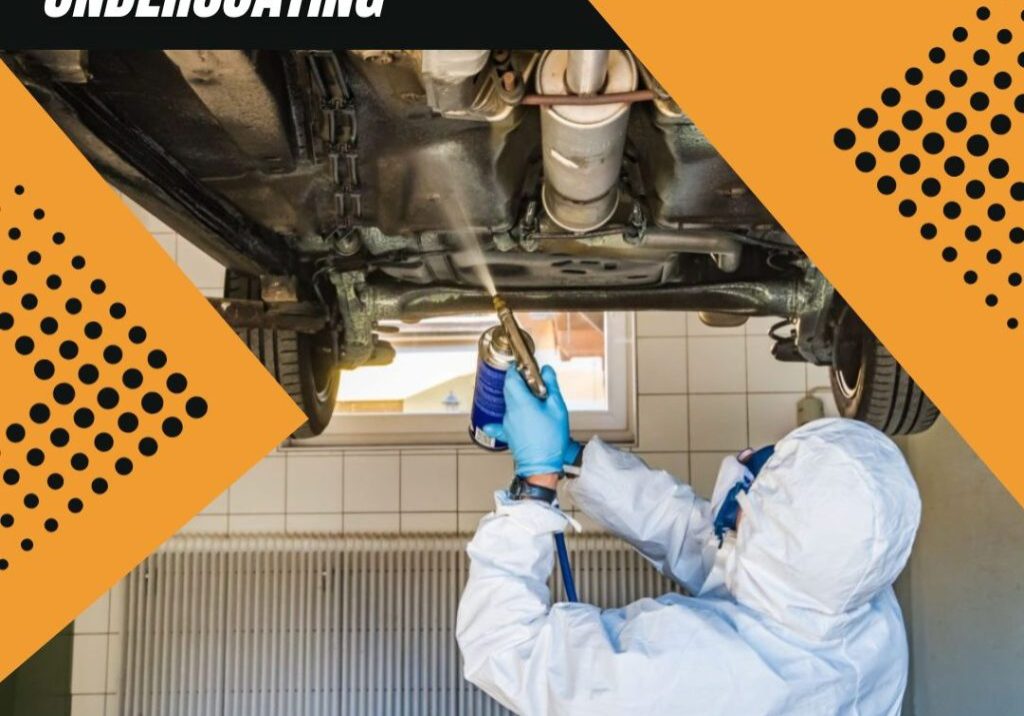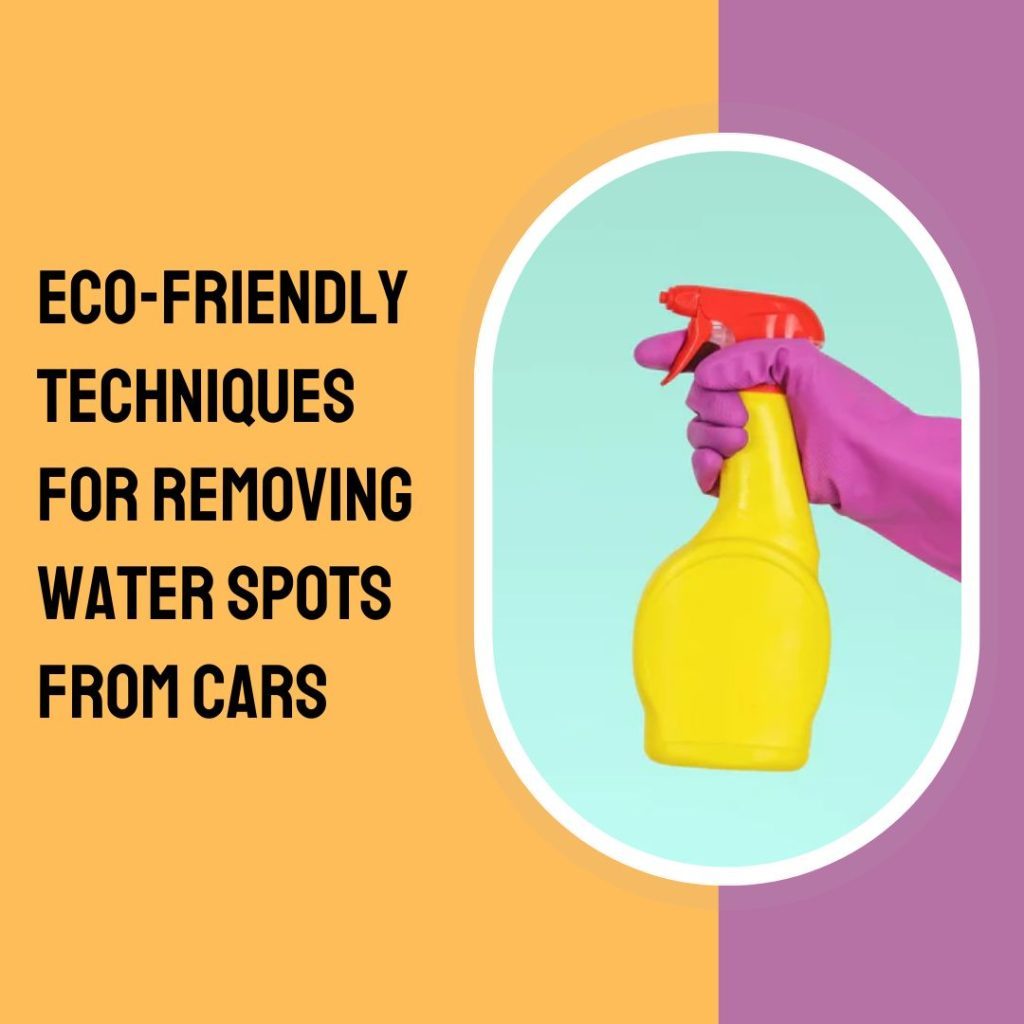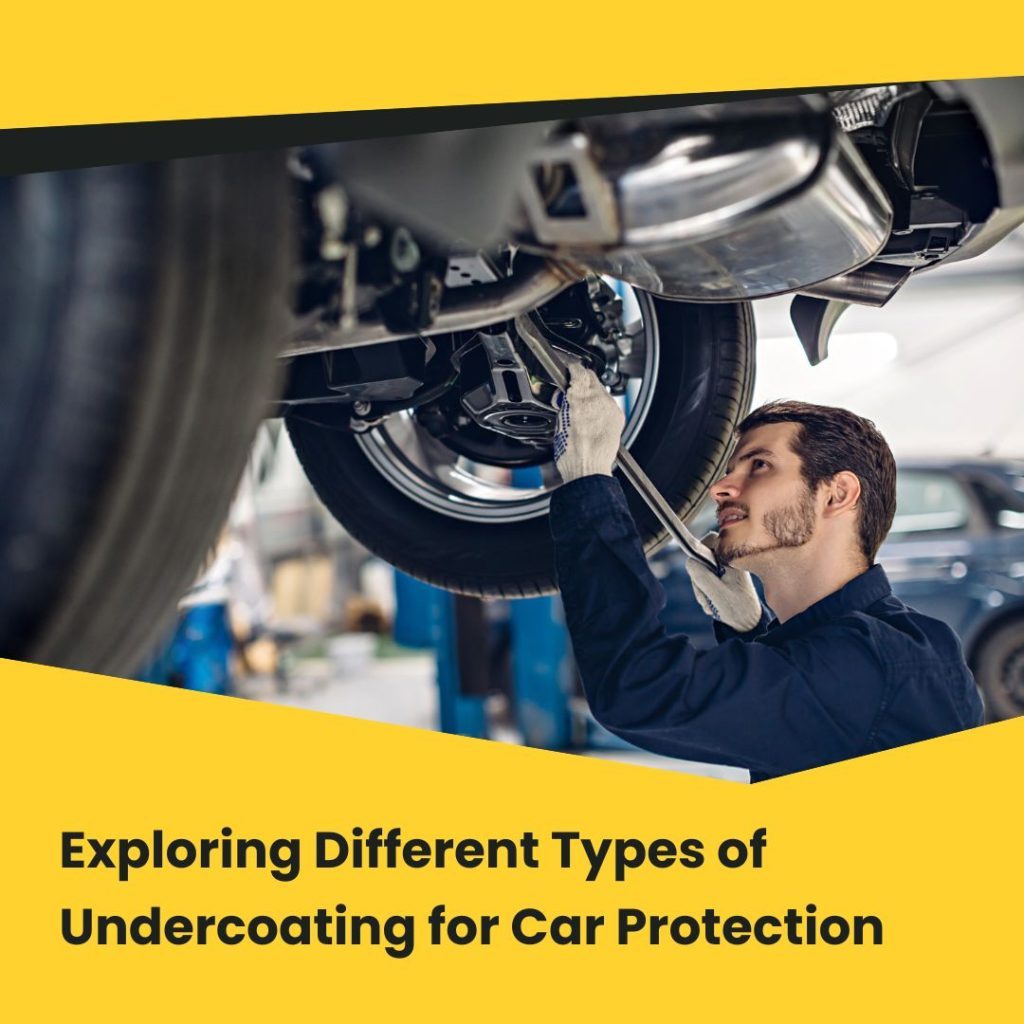Owning a car involves much more than just driving it; it’s about ensuring its longevity, performance, and pristine appearance. One of the most effective ways to preserve your vehicle’s health and aesthetics is through diligent undercoating and surface protection. This comprehensive guide serves as your premier resource, illuminating the significance, methods, and products that stand as guardians against rust, corrosion, and environmental damage.
Undercoating your car is akin to giving it a shield, protecting its most vulnerable parts from rust, debris, and wear and tear that come with regular use. It’s not just about maintaining a vehicle’s look; it’s about enhancing its lifespan and performance. Similarly, surface protection, including the battle against water spots and other blemishes, ensures that your vehicle not only runs smoothly but also retains its visual appeal.
Rev up your engines and prepare to dive into the world of car undercoating and surface protection, where every piece of information acts as a tool in your arsenal against the elements and the test of time. Welcome to your comprehensive guide, the first step on the road to a longer-lasting, more resilient vehicle.
Understanding Car Undercoating: Protecting Your Vehicle’s Lifespan and Integrity
What is Car Undercoating?
Car undercoating refers to the process of applying a protective layer to the underbelly of your vehicle. This protective layer is typically made of a corrosion-resistant material that shields vulnerable parts of the car, like the chassis and wheel wells, from damage due to rust, debris, chemicals, and moisture. The purpose of undercoating is to prolong the lifespan of a vehicle by protecting its most exposed and susceptible components, ensuring that it remains durable and maintains structural integrity against various environmental challenges.
Types of Undercoating
When considering undercoating for your vehicle, it’s important to understand the different types that are available. Each type offers unique benefits and may be more suitable for different climates or driving conditions.
- Rubberized Undercoating: This is a popular choice for its durable, protective barrier that is flexible and noise-dampening. It’s particularly good for areas that experience a lot of road debris and temperature changes.
- Polyurethane Undercoating: Known for its strength and longevity, polyurethane coatings are ideal for vehicles that endure harsh conditions and are often used in professional applications.
- Wax or Paraffin-Based Undercoating: This type is excellent for wet environments as it repels water effectively. However, it may need more frequent reapplication.
- Asphalt-Based Undercoating: Often used by manufacturers, this type is durable and excellent for sound deadening but can be a bit messier during application.
- Electronic Module Undercoating: This method doesn’t involve applying a substance but rather uses an electronic module to inhibit rust formation on the vehicle’s metal parts.
Choosing the right type of undercoating depends on various factors including your vehicle type, local climate, and the specific driving conditions you typically face.
Benefits of Undercoating
Investing in undercoating your vehicle comes with numerous benefits:
- Rust and Corrosion Protection: The primary benefit of undercoating is protecting the vehicle from rust and corrosion, which can extend the car’s lifespan and maintain its structural integrity.
- Reduced Maintenance Costs: By protecting against rust and damage, undercoating can reduce the need for costly repairs over the vehicle’s lifetime.
- Improved Resale Value: A well-maintained vehicle that’s free of rust and damage will hold its value better over time.
- Quieter Ride: Certain types of undercoating provide soundproofing benefits, making for a quieter and more comfortable ride.
- Peace of Mind: Knowing that your vehicle is protected against the elements can give you greater confidence and peace of mind, especially in harsh weather conditions or challenging environments.
Best Undercoating Products and Practices for Optimal Vehicle Protection
Protecting your vehicle’s undercarriage from rust, corrosion, and wear is critical for prolonging its life and ensuring safety. Understanding the best undercoating products and practices is key to effective vehicle maintenance. This article will guide you through evaluating undercoating products, DIY undercoating strategies, and climate considerations to ensure you make informed decisions in protecting your vehicle.
Evaluating Undercoating Products
Choosing the right undercoating product is crucial. Here are some factors to consider:
- Type of Undercoating:
-
- Rubberized: Offers flexibility and noise reduction.
- Polyurethane: Known for durability.
- Wax or Paraffin-based: Good for moisture repelling.
- Asphalt-based: Durable and great for sound deadening.
- Application Method: Consider whether the product is suitable for spray, brush, or professional application.
- Durability and Maintenance: Check how often the undercoating needs reapplication and its resistance to wear and tear.
- Cost: Balance the cost with the benefits and longevity offered.
- Reviews and Recommendations: Look for user reviews and expert opinions to gauge effectiveness and ease of use.
- Environmental Impact: Consider eco-friendly options if sustainability is a concern.
DIY Undercoating Strategies
DIY undercoating can be a cost-effective way to protect your vehicle. Here’s how to approach it:
- Choose the Right Product: Based on the evaluation criteria, select a product that fits your needs and skill level.
- Prepare the Vehicle: Clean the undercarriage thoroughly, removing any rust, dirt, and debris. Allow it to dry completely.
- Safety Precautions: Use appropriate safety gear, including gloves, goggles, and a mask, especially when using aerosol products.
- Application: Follow the product instructions carefully. Apply in a well-ventilated area, and use even, sweeping motions to cover all areas.
- Regular Inspections: Check the undercoating periodically for any signs of wear or damage and reapply as necessary.
Climate Considerations in Undercoating
The climate you live in significantly influences the choice and application of undercoating:
- Wet and Humid Climates: Look for products with excellent moisture resistance. Wax-based coatings can be particularly effective.
- Salty Environments: If you live near the ocean or where roads are salted in winter, choose a product with strong corrosion inhibitors.
- Extreme Temperatures: Some products are better suited to withstand extreme heat or cold. Ensure the undercoating you choose won’t crack or degrade under the temperature extremes of your area.
- Frequency of Reapplication: Harsher climates might require more frequent maintenance and reapplication. Consider the longevity of the product in your specific conditions.
Surface Protection: Beyond Undercoating – Ensuring a Pristine Vehicle Exterior
While undercoating is crucial for protecting a vehicle’s underbelly, surface protection is equally important for maintaining the aesthetic and integrity of its exterior. This article delves into the challenges of water spots, reviews top water spot removers, and explores advanced techniques for water spot removal, providing a comprehensive guide to keeping your vehicle’s surface spotless and well-maintained.
Water Spot Challenges
Water spots are a common nuisance for vehicle owners, detracting from the aesthetic appeal and potentially harming the vehicle’s surface. They are caused by minerals left behind when water evaporates on the vehicle’s surface. Here’s what you need to know about water spot challenges:
- Types of Water Spots:
- Type I: Regular water spots from rain or sprinkler systems.
- Type II: Bonded mineral deposits, which are harder to remove.
- Type III: Etched spots, typically from acidic substances like bird droppings.
- Impact on Vehicles:
- Aesthetic degradation.
- Potential to damage the clear coat and paint if not addressed promptly.
- Prevalence in Different Environments: Water spots can be more common in areas with hard water or in coastal regions where saltwater may leave deposits.
Top Water Spot Removers
To combat water spots effectively, several products on the market promise excellent results. Here’s a look at some top water spot removers:
- Vinegar Solution: A DIY solution, diluted white vinegar can be effective for mild water spots.
- Detailing Clay: Used to pull out contaminants from the paint, including mineral deposits.
- Specialized Chemical Removers: Products specifically designed to target and dissolve mineral deposits.
- Water Spot Removal Waxes and Sealants: Some waxes and sealants are formulated to reduce water spotting by repelling water.
When choosing a water spot remover, consider the severity of the spots, the type of exterior surface of your vehicle, and any protective coatings it might have.
Advanced Techniques for Water Spot Removal
For stubborn water spots, especially Type II and III, more advanced techniques may be required:
- Machine Polishing: Using a dual-action polisher with a mild abrasive can remove or diminish the appearance of etched-in water spots.
- Wet Sanding: This should be done by professionals or those experienced with automotive detailing as it involves sanding down the clear coat to remove etched spots.
- Nano Coatings: Applying a nano coating or ceramic coating can provide a hard, water-repellent surface that significantly reduces the formation of water spots.
- Preventive Measures: Regularly applying a high-quality wax or sealant, using a water softener for home washes, or installing a cover when parked can help prevent water spots.
Maintenance and Prevention Strategies for Lasting Vehicle Care
Proper maintenance and prevention strategies are essential for prolonging the life and appearance of your vehicle. This article will cover routine care for undercoating and surface protection, provide tips and regular maintenance advice, outline preventive measures for car protection, and explore eco-friendly protection methods. By adhering to these strategies, you can keep your vehicle in top condition and protect your investment over the long term.
Routine Care for Undercoating and Surface Protection
Regular maintenance is key to ensuring the effectiveness of undercoating and surface protection. Here are some routine care strategies:
- Regular Inspections: Periodically check the undercoating for any signs of damage or wear. Look for cracks, chips, or areas where the coating has worn thin.
- Touch-Up Applications: Address any problem areas promptly with a touch-up application of the undercoating material.
- Clean Regularly: Keep the undercarriage clean, especially after exposure to salt, chemicals, or rough terrain. A clean surface is more resistant to rust and corrosion.
- Reapplication: Be aware of the lifespan of your undercoating product and plan for reapplication as necessary to maintain continuous protection.
Tips and Regular Maintenance Advice
Maintaining your vehicle’s surface protection requires ongoing attention. Here are some tips to keep in mind:
- Wash Your Vehicle Often: Regular washing not only keeps your vehicle looking good but also removes harmful substances before they can cause damage.
- Use Quality Cleaning Products: Invest in car shampoos and cleaning products that are designed to protect your vehicle’s paint and finish.
- Park Smart: Whenever possible, park in shaded areas or indoors to protect your vehicle’s exterior from UV damage and environmental elements.
- Wax and Seal: Regularly apply a quality wax or sealant to provide an additional layer of protection against dirt, UV rays, and moisture.
Preventive Measures for Car Protection
Prevention is always better than cure when it comes to vehicle care. Implement these strategies to prevent damage:
- Avoid Short Trips: Short trips don’t allow your vehicle’s engine to fully warm up, which can lead to increased moisture and more rapid corrosion.
- Be Mindful of Where You Drive: Try to avoid driving on salted roads or through deep puddles which can accelerate rust and corrosion.
- Use Car Covers: A quality car cover can protect your vehicle from the elements, especially if you don’t have garage space.
- Regular Fluid Checks: Ensure that all your vehicle’s fluids are clean and at the appropriate levels, as leaks can lead to corrosion and damage.
Eco-Friendly Protection Methods
Incorporating eco-friendly practices into your vehicle maintenance can protect both your car and the environment:
- Waterless Car Wash Products: These products allow you to clean your vehicle without water, reducing waste and avoiding the runoff of harmful chemicals.
- Biodegradable Cleaners: Choose cleaners that are biodegradable and free of harsh chemicals to minimize environmental impact.
- Regular Tire Checks: Properly inflated tires improve fuel efficiency and reduce tire wear, decreasing pollution and resource consumption.
- Recycle and Dispose Properly: Always recycle motor oil, tires, and batteries correctly, and dispose of any automotive fluids or materials according to your local regulations.
Conclusion
Our journey through the “Comprehensive Guide to Car Undercoating and Surface Protection” equips you with the knowledge and tools needed to protect and maintain your vehicle effectively. From understanding the vital importance of undercoating to exploring advanced strategies for surface protection, this guide has covered various aspects to ensure your vehicle’s longevity and aesthetics. Implementing these practices will not only enhance your vehicle’s durability against environmental factors but also preserve its value and performance. Remember, regular care and maintenance are key investments in the life of your vehicle. Embrace these lessons and drive confidently, knowing your car is well-protected and maintained to the highest standard.

